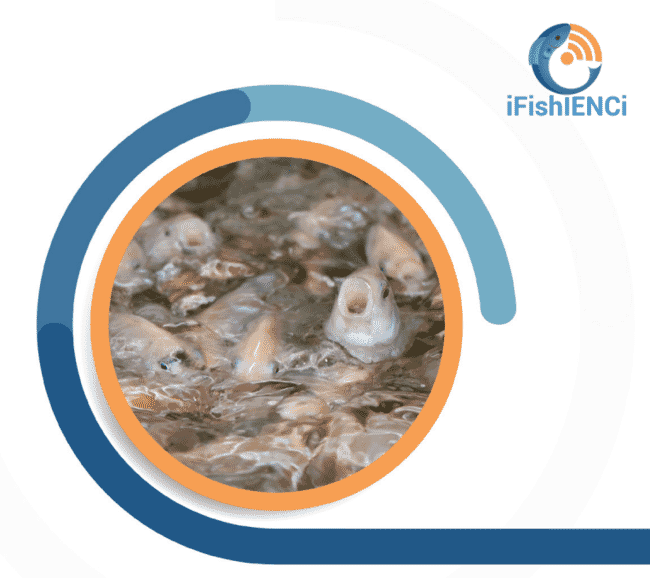
The topic was addressed back in November by high-level thinkers, circular economy specialists, and leading aquaculture experts as part of the collaborative event ‘Aquaculture Going Circular’. And the conclusions – developed and endorsed by leading experts from seven European H2020 Aquaculture projects – have now been published in the report Policy Recommendations For a More Circular Aquaculture.
The report, which is part of the €7 million iFishIENCi H2020 Innovation Action project, provides a common definition for the concept, a method for measuring circularity, and clear indicators for reporting.
It uses advanced digital information technology to monitor all aspects of fish and their environment. This cutting-edge research is being combined with a holistic understanding of how these new technologies will interact with society and stakeholders in terms of economy, politics, social welfare, animal welfare and ethics. The ambition of iFishIENCi is to improve the efficiency, sustainability and resilience of traditional and innovative production systems, demonstrating disruptive IoT/AI based innovations, considering the feeding value chain and addressing commercially-important species with fish quality as focus.
iFishIENCi aims to identify new value chains for the valorisation of specific waste (dirty water, sludge) from different production systems, leading to zero-waste target and value creation under a circularity approach and demonstrate how strain selection and smart breeding can support optimizing the feeding efficiency, essential to ensure the growth of EU aquaculture production and fulfil the protein needs of the developing countries. The iFishIENCi project includes 16 partners from all over Europe under the coordination of AquaBioTech Group.
Background to the report
Circularity is the principle that used or discarded products (waste) should become raw materials for new products or materials. Both traditional aquaculture technologies, like polyculture pond production of fish, as well as novel production methods, like the integrated multi trophic aquaculture (IMTA) approach and recirculating aquaculture systems (RAS) already integrate principles of circular economy, but the connection between the sector becoming more circular and achieving measurable sustainability outcomes is not explicit.
The needs for updated environmental indicators to determine the impacts of aquaculture production is evident. However, to date, circularity indicators have been overlooked as part of the European Commission recommended actions to promote the green transition.
According to the authors of the report, there is a vital need to first agree at production and governance level on circularity indicators, to encourage the aquaculture sector to report using these indicators as evidence of sustainable practices, and to then encourage the display of circularity indicators on consumer products to increase confidence in the ecological sustainability of farmed seafood.
“Circular business models for aquaculture have the potential to reduce waste, increase efficiency and support more sustainable systems, increasing value for operators – getting more while using less. Industry needs to lead the way with support from regulators, drawing from expert results of research and innovation projects to set indicators and reporting methods to bring circularity reporting into the industry mainstream and into policy,” they argue.




